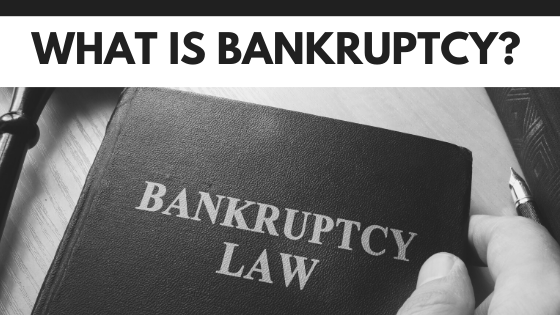
What is Bankruptcy?
- December 31, 2019
- Admin
- Comments Off on What is Bankruptcy?
Contact us today at Winsor Law Group to discuss your options for both personal and business bankruptcy relief.
Throughout history, governments created laws that gave creditors certain rights against debtors who could not pay them. The Code of Hammurabi provided for the sale of the debtor and sometimes his family members into slavery. The Mosaic Law allowed forced servitude of a debtor but required that all debt be forgiven every seventh year. Hindu law allowed a creditor to maim or kill a defaulting debtor. Roman law allowed the creditor to enslave or kill the debtor after making three public demands for payment and waiting 60 days for payment.
Over time, legal systems evolved to substitute the seizure and sale of a debtor’s property in place of his physical person. Different rules developed among cultures when one or multiple creditors sought payment from a single debtor, and the concept of creditor “priority” (i.e. who gets paid first) and “liens” (e.g. the right to sell specific property) came into being.
In Medieval Italy, a bankruptcy system developed that is familiar to modern practitioners: creditors elected a magistrus who in turn appointed a curator to manage the debtor’s property (“estate”) and administer it for the benefit of the creditors. Creditors voted on matters relating to management of the estate, and a majority vote could control the fate of the minority. While such proceedings bear striking resemblance to modern Chapter 11 bankruptcy procedures, the similarities end there. Italian bankruptcy proceedings were quite harsh and included torturing the debtor to compel him to reveal all his assets.
In the 1700s and 1800s, the use of “debtors prisons” became widespread throughout Europe. Rather than resorting to physical violence against a debtor, creditors could have the debtor jailed until the debt was paid. The debtor had to pay for his room and board in addition to working to reduce the debt owed to the creditor. Such practices were brought to the British Colonies in the Americas, and even after the American Revolution debtors prisons were a common feature. The political elite were not exempt from debtor’s prison—James Wilson, one of the signers of the Declaration of Independence spent time in debtors prison while he was serving as an Associate Justice of the United States Supreme Court. Although federal debtors prisons were abolished in 1833, various states continued to operate debtors prisons until around 1850.
Although the United States Constitution provided Congress with exclusive authority to create laws relating to bankruptcy, such laws were slow in coming. Congress’ first attempt to create bankruptcy laws lasted a brief three years between the creation of the Bankruptcy Act of 1800 and its repeal in 1803. Congress made a second attempt in 1841, but repealed that Act in 1843. More than 20 years later, Congress enacted the Bankruptcy Act of 1867, amended it in 1874, and repealed it in 1878.
Finally in 1898, Congress enacted the “Nelson Act,” or Bankruptcy Act of 1898, which went undisturbed until 1938 when it was significantly amended in what became known as the “Chandler Act”. The 1938 amendments were then superseded by a comprehensive overhaul of bankruptcy laws by the Bankruptcy Reform Act of 1978. The 1978 legislation gave rise to the Bankruptcy Code under Title 11 of the United States Code and created the current system under which we operate today. Congress amended the Bankruptcy Code in 2005 with the Bankruptcy Abuse Prevention and Consumer Protection Act but left the bankruptcy court system, office of the United States Trustee, and the majority of procedural rules and substantive laws intact.
In 2019, amendments were made that created a new “small business bankruptcy” that operates like a hybrid of a Chapter 13 and Chapter 11 bankruptcy. It is designed to alleviate some of the procedural challenges that often arise in Chapter 11 cases filed by small businesses and individuals who own small businesses.
Under current legislation, “bankruptcy” is a court-supervised proceeding in which debtors provide a complete disclosure of the their assets and liabilities, and an officer called a “trustee” is appointed to examine assets and administer the “estate” of the debtor, which consists of all of the property interests owned by the debtor. Individual debtors may elect to file a petition for relief under one of four chapters within the bankruptcy code—Chapter 7, 11, 12, or 13. Corporate debtors (with some exceptions) may file petitions under Chapter 7 and Chapter 11.
Contact us today at Winsor Law Group to discuss your options for both personal and business bankruptcy relief.
Disclaimer: This article is for informational purposes only. If you have questions about filing bankruptcy, please fill out our short questionnaire and Winsor & Reed will set up a consultation to see if bankruptcy is the right option for you. We are a debt relief agency. We help people file for relief under the Bankruptcy Code.
Additional Questions and Answers:
